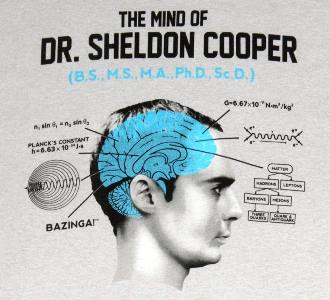


But only if they are looking at the same spot and not moving their eyes around, otherwise the detail is lost. Afterimages is a memory skill where individuals can remember details of a picture after it has been removed. Very often, these people will speak of the picture in the present tense, and can zoom in and out of the picture if need be to recall intricate details.īut the eidetic memory is distinctly different to other forms of memory recall, for example afterimages. An eidetic memory is one in which a person can see a picture, and recall in great detail the picture once it has been removed as if it was still there. Eidetic Memory and other Types of Memory RecallĪlan Searleman, co-author of Memory from a Broader Perspective explains the difference between an eidetic memory and other types of memory paths.
DIFFERENCE BETWEEN EIDETIC AND PHOTOGRAPHIC MEMORY WINDOWS
Even going so far as to remember the exact number of windows on skyscrapers.īut despite his perfect memory for recalling even the number of windows on skyscrapers in sketches, he still manages to get lost in cities he’s drawn and walk 45 minutes in completely the opposite direction to where he is trying to reach. The British artist has commissions all over the world for drawing cities after short helicopter rides, and then re-creating the cityscape from memory in incredible detail. In fact, sketching out entire skylines from memory is exactly what artist Stephen Wiltshire does for a living. This may mean remembering with little effort Pi to 10’000 digits, an entire play of Shakespeare after just one viewing, or an entire skyline of a city after just one short helicopter ride.Īn eidetic memory can consist of incredible memory skills for numbers, words, and visuals, but often it is noted that a person with a eidetic memory in one area does not have exceptional memory in other areas. It can go by other names such as a photographic memory or an enhanced memory, but scientists and eidetic memory holders alike find it hard to come up with one rule to suit all.Įssentially, an eidetic memory is a mind which can recall large bits of information in a very short space of time. Eidetic imagery appears to be a long-lasting, percept-like experience which varies considerably in clarity and definition its duration is critically dependent on level of illumination and its contents are easily disrupted by after-coming visual stimuli.Stephen Wiltshire // Photo from .ukĪ eidetic memory is about as close to the superpower of total memory recall as humans can go.

These findings provide converging evidence for a qualitative distinction between eidetic imagery and visual memory that does not rely on differences in storage capacity.

The pattern of effects differed markedly between eidetic subjects and a control group matched on a measure of capacity for visual memory. Further experiments investigated the effects of stimulus manipulations-type of interference and level of illumination-on, respectively, visual retention and duration of phenomenal image. Eidetic subjects were statistically superior to controls on an 'accuracy of report' test and a superimposition task, but these differences were not so large as to provide compelling evidence for the uniqueness of eidetic imagery. This research examined the performance of eidetic subjects, classified by the standard self-report criteria, on a set of objective and subjective measures.


 0 kommentar(er)
0 kommentar(er)
